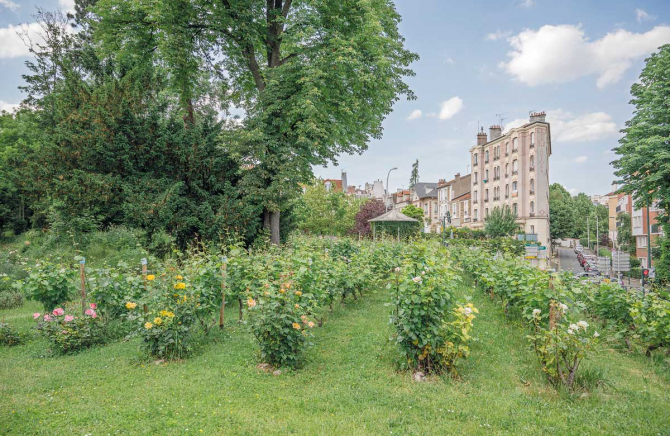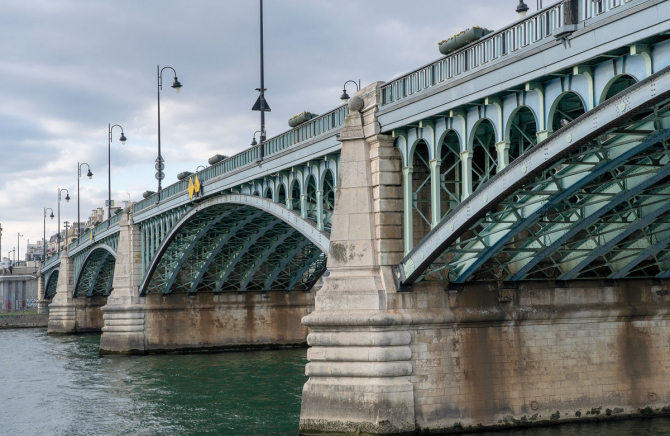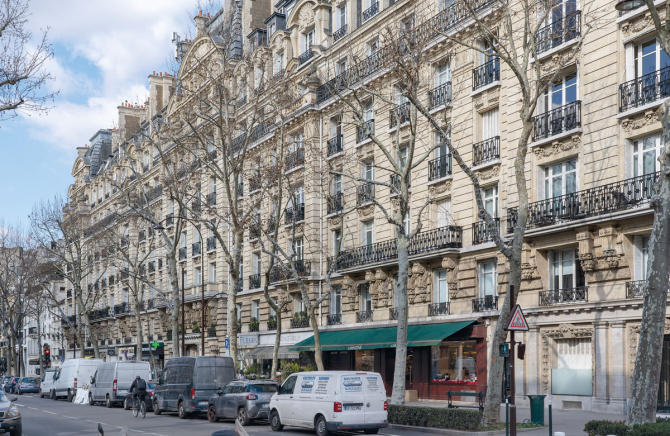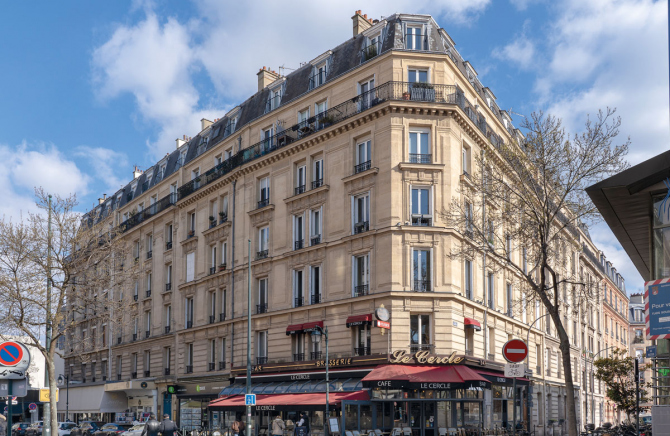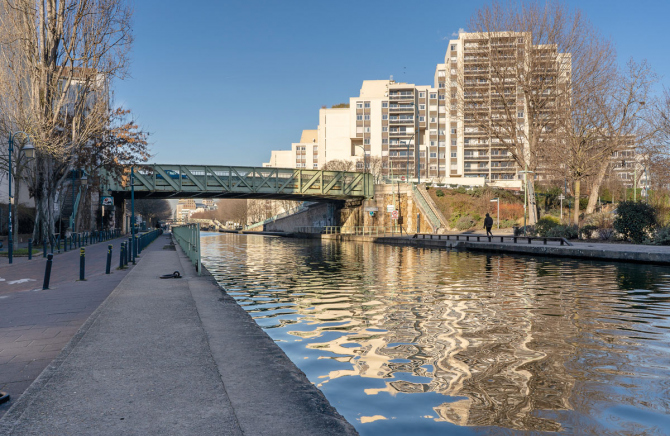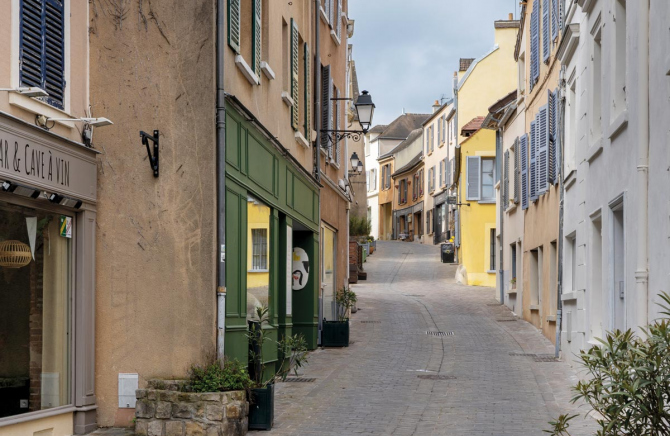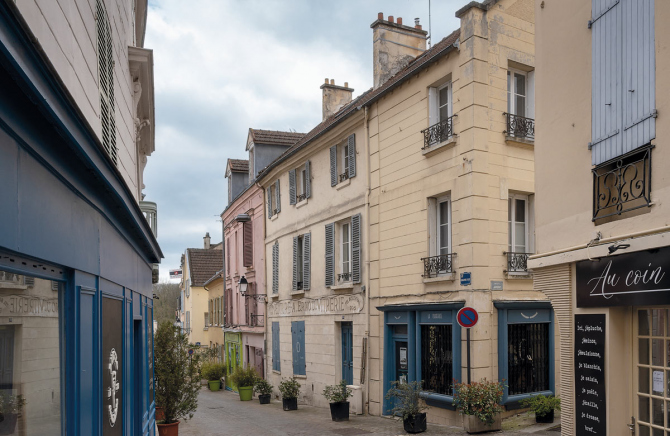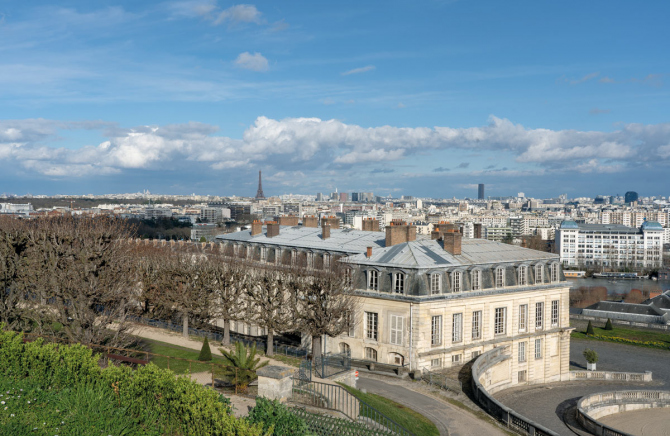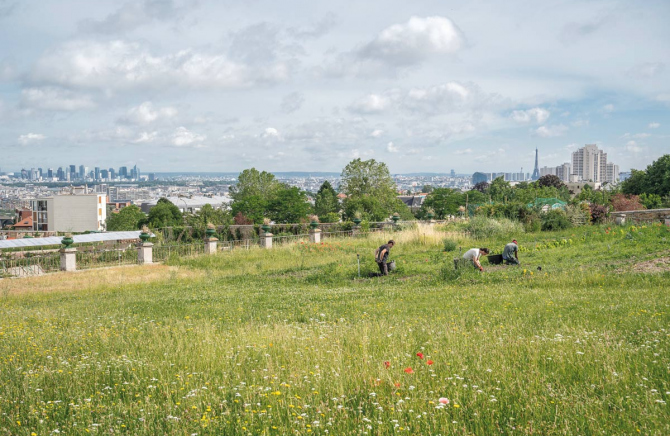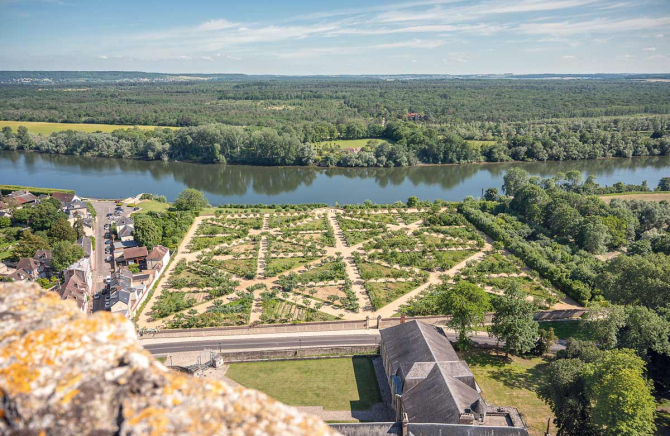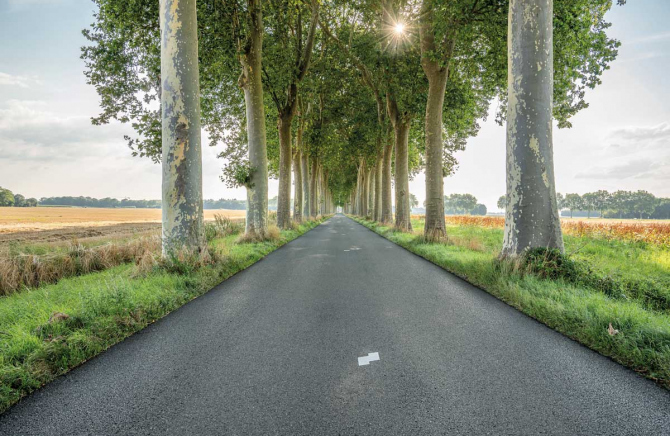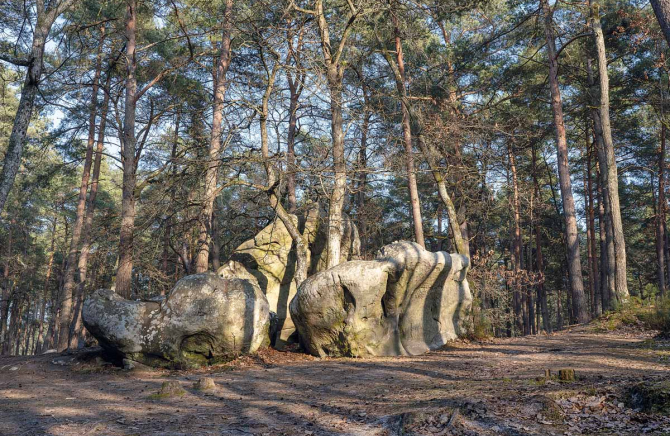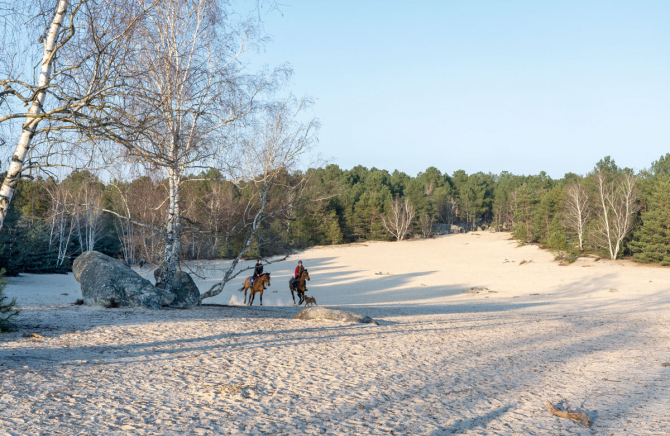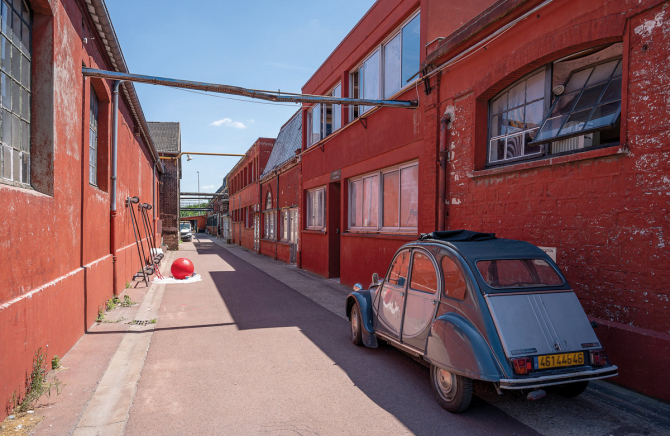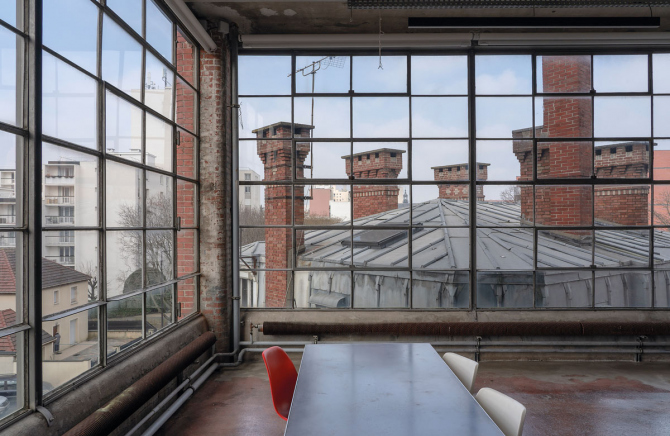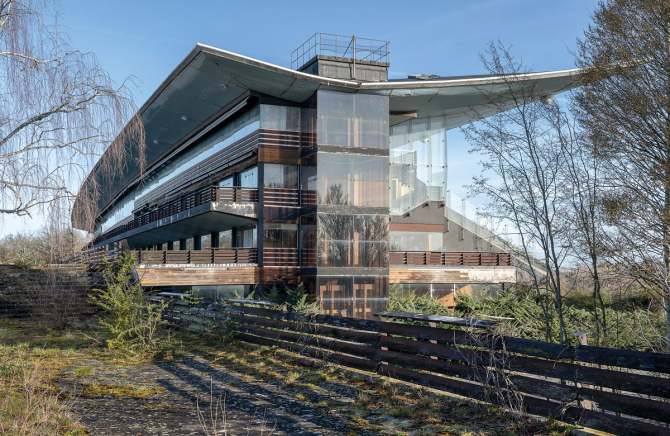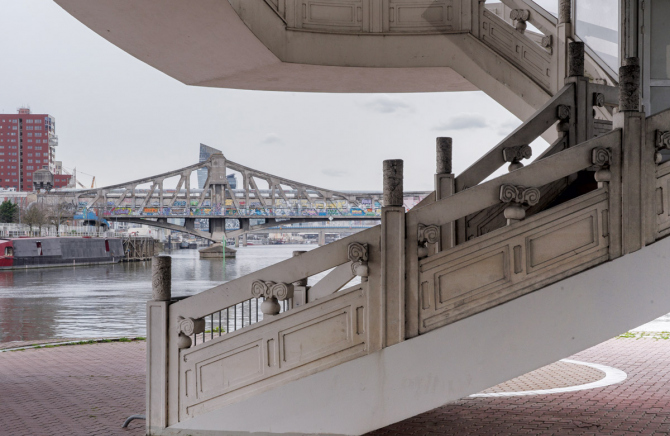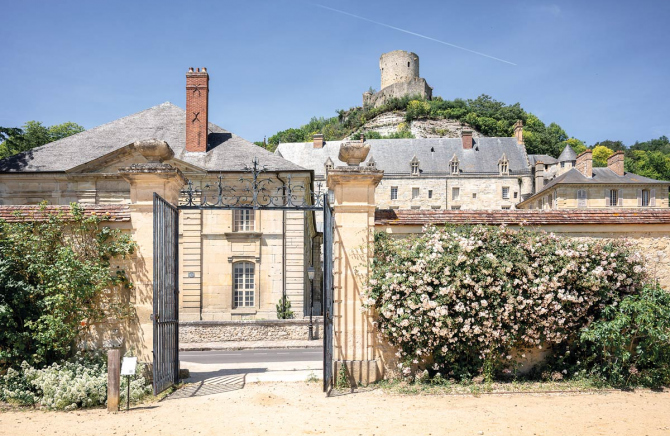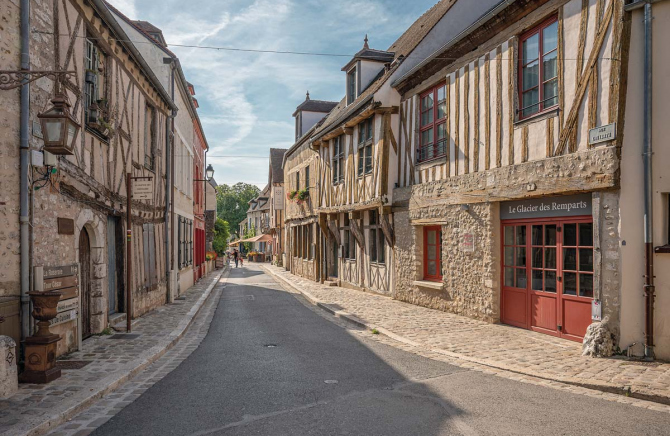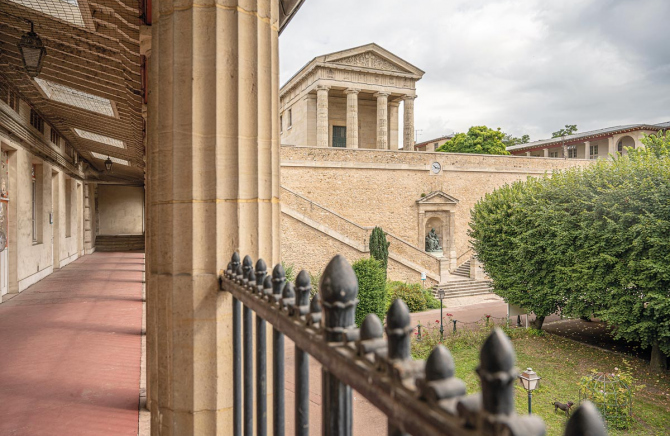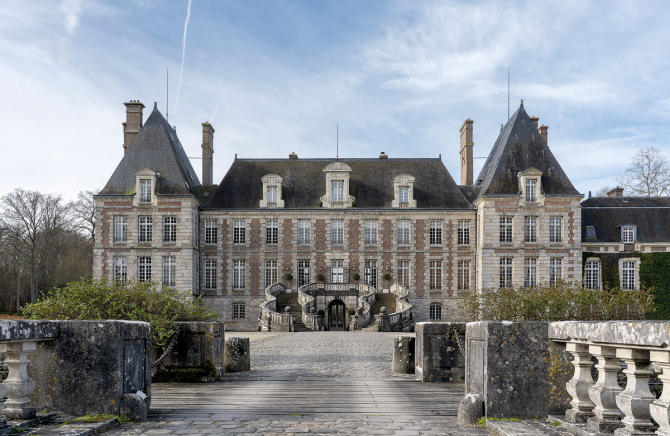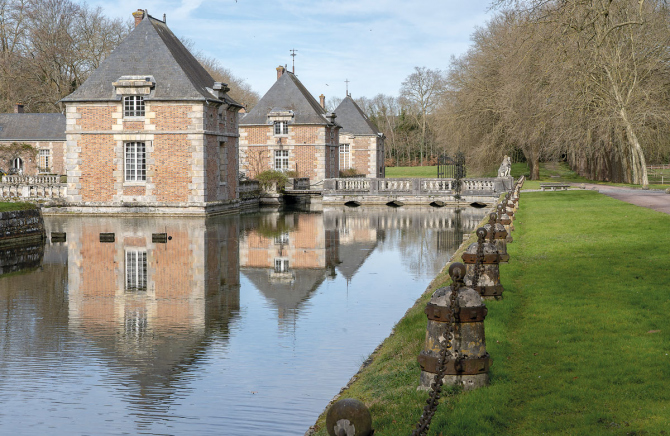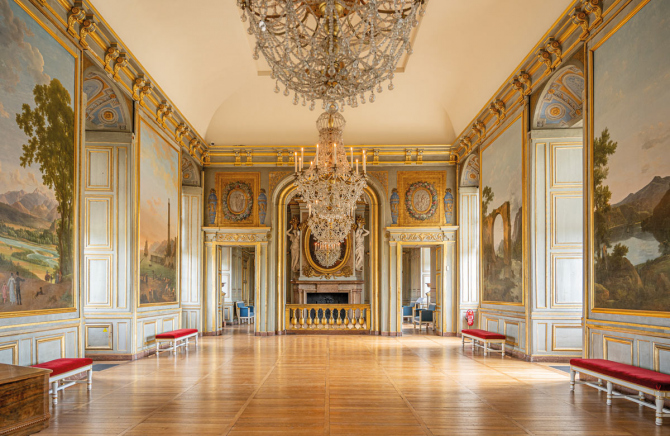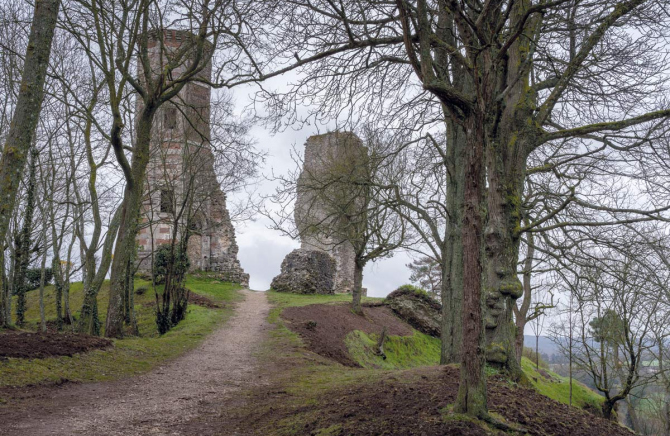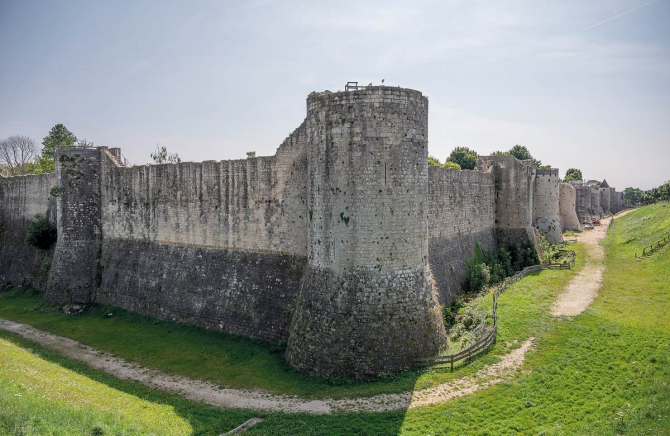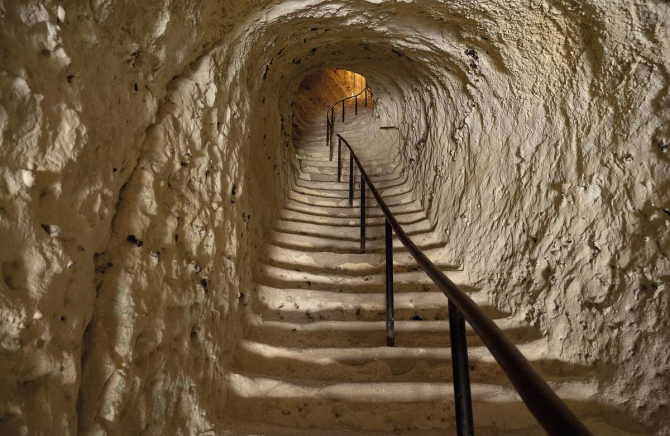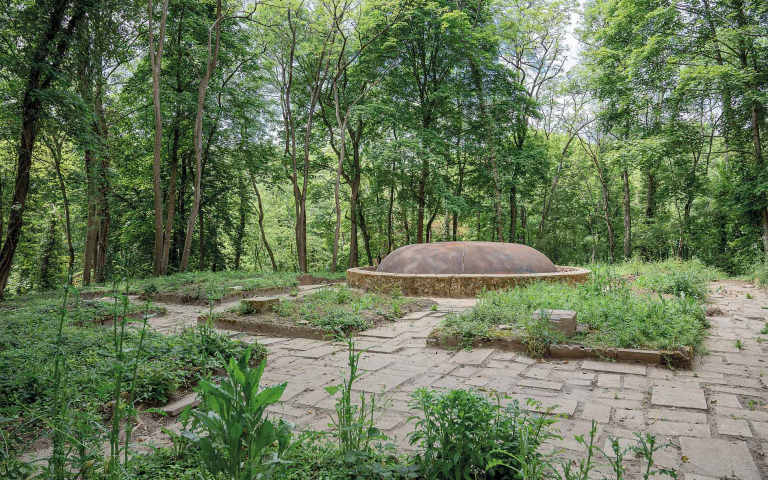
Paris Region is a territory of endless inspiration for your next stories. Women and men with singular destinies have lived here. Major events have shaped the great history of humankind and vibrant characters have witnessed social or private revolutions.
All these stories are part of a rich territory, with a much sought-after architectural and natural heritage: there are preserved prehistoric sites as well as traces of a medieval past; the countryside coexists with large modern and industrial parks; rivers, lakes, and forests help shape its scenery. Thanks to the exceptional conservation of this heritage and the diversity of these landscapes, any era can be reconstructed here.
Paris Region is also an extremely hospitable region for film productions. Productions from all over the world come to capture the charm of the impressionist countryside, the Parisian streets, or the brutalist buildings.
Choose a location and get inspired by true heroes!
Sommaire
Film Paris Region has developed close relationships with managers of public and semi-private properties in Paris region in order to provide film and audiovisual professionals with easy access to locations in the area. We remain at your disposal to help you in your more specific requests : tournages@filmparisregion.com.
Locations database
Access more than 2,300 sets from the Paris region referenced by our team in our Locations database.
Paris look alike
Did you know that you can find the atmosphere of the City of Lights just a few steps away from the city center? In nearby towns, there are similar Haussmannian boulevards and neighborhoods that perfectly imitate certain Parisian locations under the camera eye, such as Montmartre or the Paris countryside.
Haussmannian style
At the end of the 19th century, Napoleon III decided to transform Paris and gave Baron Haussmann the mission to "aerate, unify and beautify" the city.
From 1853 to 1870, Haussmann undertook major public works that reshaped 60% of the city. To open Paris, he designed the wide and airy avenues we still use today. He also planned parks and gardens which, alongside new water and sewer systems, made the city greener and cleaner.
At the same time, Haussmann conceived a modern architectural style that would bear his name and become one of the Parisian symbols par excellence.
Parisian canals
On May 19, 1802, the Ourcq Canal, named after the river, opened and became the first diversion canal in Paris.
It was intended to provide the city with the food and water it needed, and then played a major role during the First World War by enabling the
transportation of the wounded and the circulation of goods.
Today the canal has become a place of leisure, made famous by the French film Amélie (2001).
Scenery in Paris Region
Did you know that 75% of Paris Region is composed of rural areas?
This abundant nature, next to the city, is a beautiful opportunity to bring together several locations within the same territory such as beaches, farmlands or hills.
Fontainebleau
"The great pioneers of cinema such as Feuillade and Renoir loved to film in the untamed and romantic sites of the Fontainebleau forest. Starting in 1905, the massif constituted a life-size and exotic studio near Paris. The life of Jesus , African odysseys and even The conquest of the American West have been filmed there. The variety of landscapes is perfect."
Jean-Jacques Jelot-Blanc (Film specialist)
Urban
Whether you are looking for futuristic streets to film a dystopia, an industrial site for a thriller, a wasteland landscape or a bustling neighborhood, you will find it in the Paris Region!
Les Étoiles
Les Étoiles are part of the remarkable architectural complexes that make up the Paris Region landscape. The architect Renée Gailhoustet imagined this project in the 70s, and brought it to fruition with the help of her colleague Jean Renaudie. This urban complex, an emblematic example of the Brutalist style, was used as a set for the latest saga of Hunger Games: The Mockingjay, Part 2.
Heritage
With over 400 castles, Paris Region is home to a multitude of monuments from all eras and styles. Each place has its own history and can become the backdrop to many more stories!
Château de Vaux le Vicomte
In 1978, the Château de Vaux-le-Vicomte welcomed the most famous British secret agent, or at least his film double.
Usually located on the set 007 at Pinewood Studios, the film production of the 11th opus of the James Bond series, Moonraker, relocated to France thanks to a better tax rebate.
The Domaine de Courances
The Domaine de Courances has a horseshoe-shaped staircase similar to the one at the Château de Fontainebleau. It is indeed an exact copy that was built in 1872 at the request of Baron Samuel de Haber, a wealthy Swiss banker who fell in love with the region.
Another feature?
The statues of the park were designed to counterbalance the effects of perspective: the further they are from the château, the larger they become, thus creating a striking optical effect.

